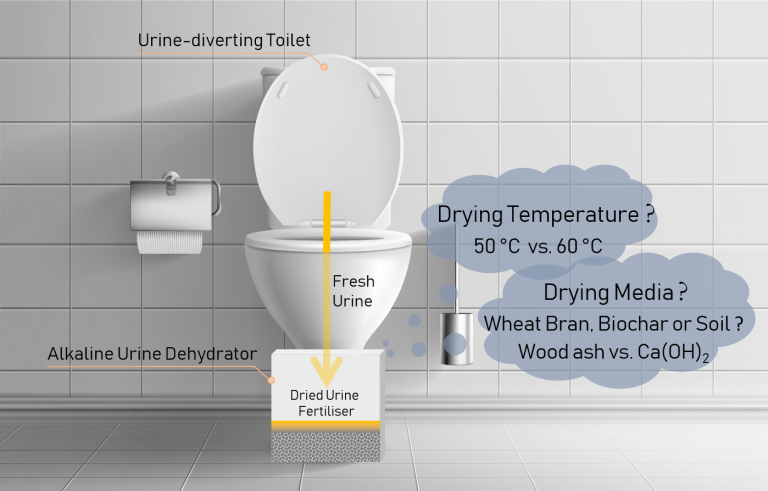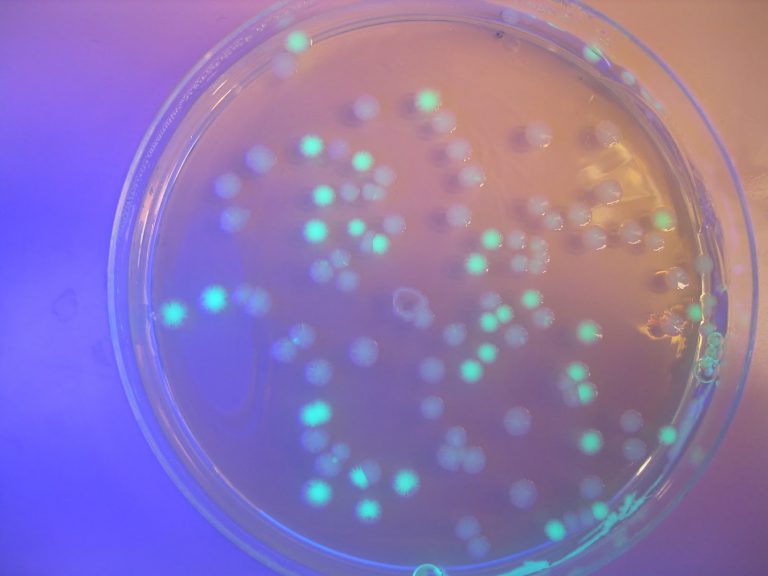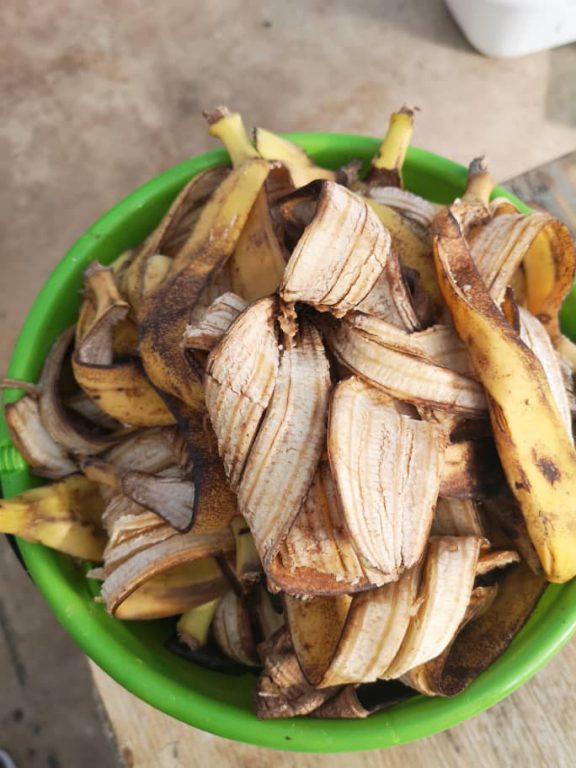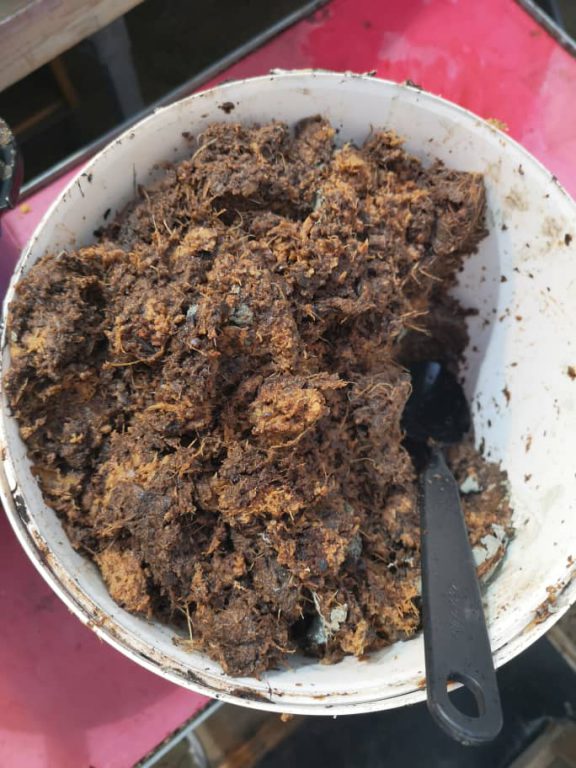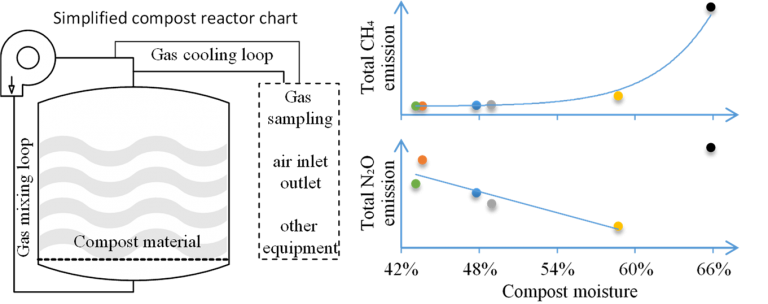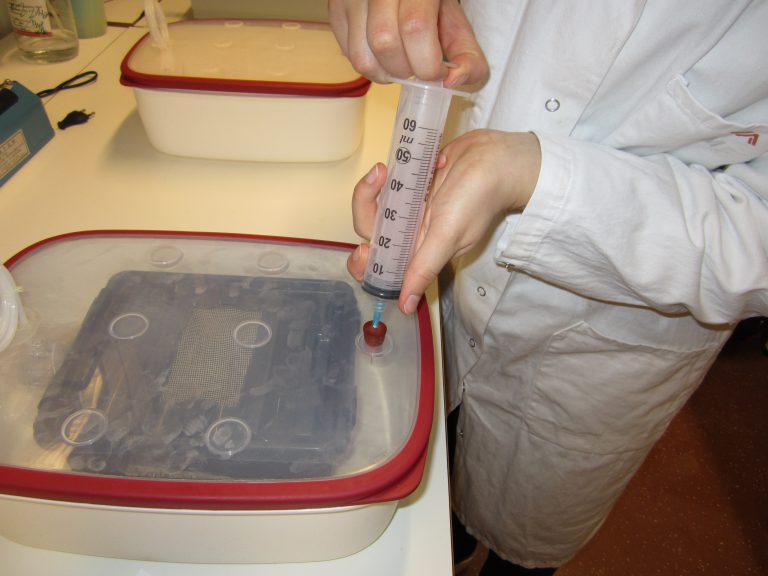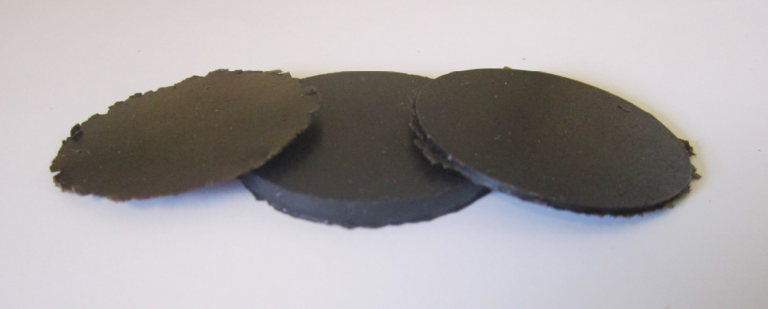In a study recently published in Science of the Total Environment, we present results from a study that investigated drying of fresh source-separated human urine in five different alkaline media (pH > 11) at elevated temperatures (50 and 60 °C) with minimal loss of urea, urine’s principal nitrogen compound. We found that it was possible to concentrate urine 48 times, yielding dry end-products with high fertiliser value: approximately, 10% N, 1% P, and 4% K. We monitored the physicochemical properties and the composition of various dehydration media to provide useful insights into their suitability for dehydrating urine. We demonstrated that it is possible to recover >90% nitrogen when treating fresh urine by alkaline dehydration by inhibiting the enzymatic hydrolysis of urea at elevated pH and minimising the chemical hydrolysis of urea with high urine dehydration rates.
